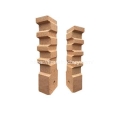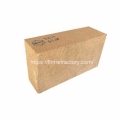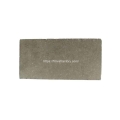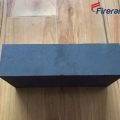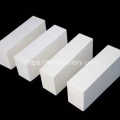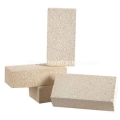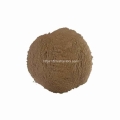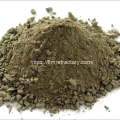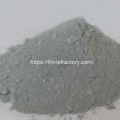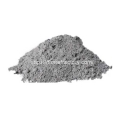- Performance. Innovation. Worldwide. Your trustworthy Refractories Manufacturing Partner--Fireramo
- +86 175 3769 7777
Contact
Contact us on WhatsApp
High Quality Refractory Bricks
Insulation Bricks for Sale
Monolithic Refractory
Refractory Cement vs. Refractory Brick
In high temperature environments, the choice of refractory material is critical. Refractory cements and refractory bricks are common refractory materials, each with their own unique characteristics and uses.Fireramo will today provide a comprehensive comparison of refractory cements and refractory bricks and explore their advantages and limitations in different applications.

Composition and structure
Refractory cement, also known as Refractory Castable, is mainly composed of refractory stone, high-alumina cement and a small amount of additives mixed in a certain proportion. It is in powder form and needs to be mixed with water to form a paste before use.
Refractory bricks have a variety of products, different products have different raw material composition. Common refractory brick products include aluminum refractory bricks, magnesium refractory bricks, fireclay bricks, carbon bricks, silica bricks and so on. The composition of common refractory bricks includes kaolin, quartz sand, clay and other natural materials after sintering, refractory bricks have fixed shapes and sizes, Fireramo also provides customized service for refractory bricks.
Hot sale refractory bricks
- Chamotte Brick

- Fireclay Bricks for sale

- Low-porosity Fire brick

- Boiler Refractory Bricks SK Series

- Andalusite Bricks

- Corundum Brick

Refractory Properties
Both refractory cement and refractory bricks have excellent high temperature resistance. They are able to resist thermal expansion and thermal shock at high temperatures and maintain structural stability. However, refractory bricks have a strong structure, and in terms of refractory performance, refractory bricks are usually superior to refractory cement, and refractory bricks are usually more durable than refractory cement.
Construction and maintenance
Refractory cement is relatively flexible and can be applied to irregular surfaces or to repair cracks. It is relatively simple to construct and can be mixed on site. On the other hand, refractory bricks need to be fixed during masonry and require specialized construction techniques and tools. Refractory bricks are usually used in kiln construction and need to be replaced if they break down. In terms of maintenance, refractory cement is easy to repair and replace.
Areas of application
Refractory cement is a powdery substance that needs to be mixed with water to form a paste before it can be used. Refractory cement is commonly used to coat and bond joints in masonry structures such as hot blast stoves, chimneys and industrial furnaces. Its flexibility makes it easier to work in irregularly shaped structures.
Refractory Bricks Refractory bricks are a block material with fixed shapes and sizes that can be used directly to build refractory structures. Refractory bricks are commonly used in the construction of refractory structures such as high temperature kilns, hearths and walls, cement kilns, glass kilns and other kilns. The strength and stability of refractory bricks make them ideal for large-scale high-temperature equipment.
Special applications
Refractory cements and refractory bricks can also be used to their advantage in special environments. For example, refractory cement is suitable for the preparation of refractory coatings and refractory castables, and can be used in the construction of firewalls, insulation boards and refractory floors. Refractory bricks, on the other hand, are used in the manufacture of refractory kilns and refractory blocks for use in industries such as petrochemicals, metallurgy and glass.
Refractory cements and refractory bricks both offer excellent performance in high-temperature environments, but differ in their properties and applications. The flexibility and ease of maintenance of refractory cements make them suitable for small structures and irregularly shaped surfaces. The durability and robustness of refractory bricks make them the preferred choice for large, high-temperature equipment. Choosing the right refractory material for specific needs and conditions is critical.
Specializing in refractory materials for over 20 years, we provide professional refractory solutions for the global high temperature industry.
Related Posts:
- Causes and solutions to cracking of castables after baking
- Enhancing the Medium Temperature Strength of Refractory Castables
- Ways to ensure the accuracy of refractory brick acceptance results
- Acceptance inspection after cement kiln construction
- Three Common Ways of Damage to the Sliding Nozzle for Ladles
Theme By Fireramo
